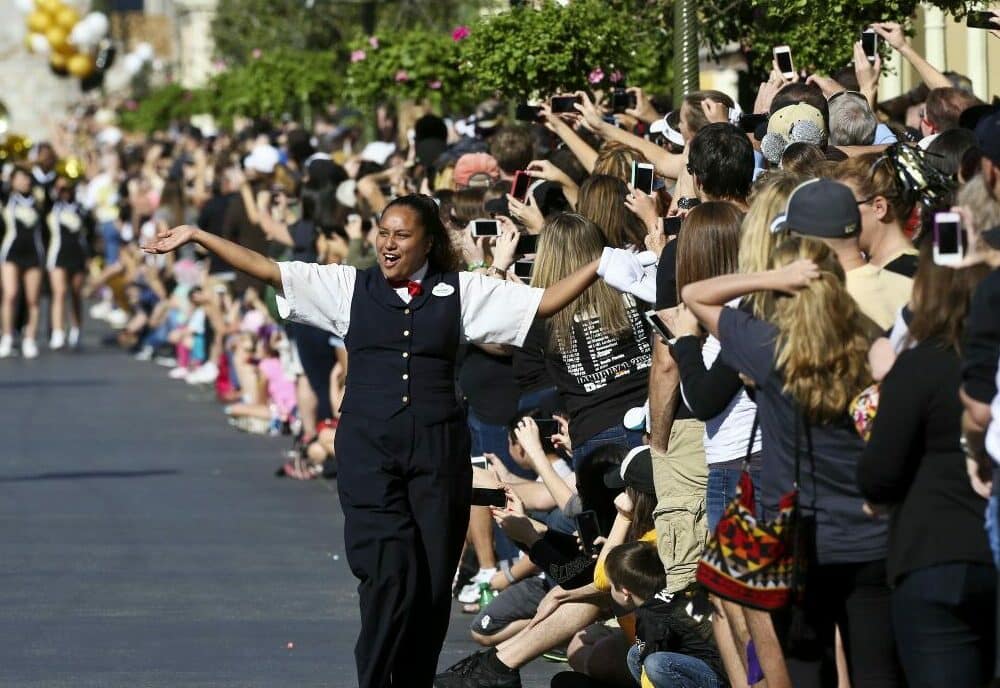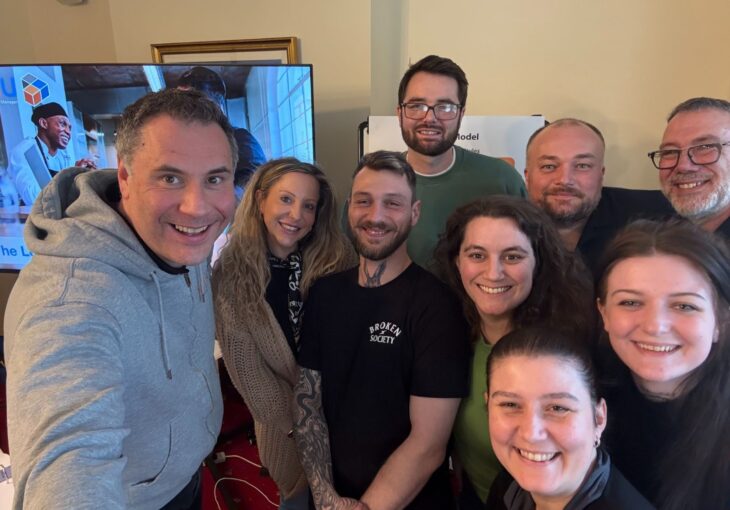
The second of Disney’s four quality standards (or Keys as they refer to them) is Courtesy. Dan Cockerell’s excellent podcast series continues its exploration of each of these Keys and I’m summarising here three of my main takeaways from listening to the episode. Safety, of course, came first as everyone wants to be in a clean and safe environment. Then, we move on to being nice to people!
- Courtesy is a general term so you have to be clear about what you mean and your expectations. Whatever business you run, if courtesy is important to you spend some time with your team to define what that looks like. This clarity around the guidelines helps people to know what is expected of them. These behavioural expectations need to be clear and consistently role modelled by leaders.
- These are guidelines, not rules. While safety trumps everything (you must never sacrifice or risk safety just to be nice to someone!) the other Keys are not rigid, fixed rules that cannot be deviated from. Indeed, I’d suggest this is a manifestation of how well Disney has articulated its purpose (which I’d paraphrase as ‘“to make people happy and to create memories”) and then created a set of simple but powerful standards which describe the behaviours needed to bring that standard to life. It focuses on outcomes it wants to see rather than be prescriptive as to what to do (because every situation is different). Indeed, I understand that Disney have a philosophy that “it’s okay to be off task so long as you’re on purpose”. An example of these guidelines is the model that Disney trains out to Cast Members to help them handle Guest issues and concerns – LAST:
- Listen – give people time and space to air their concerns.
- Apologise – not about accepting responsibility for the specific incident but it is about saying sorry for the impact the issue has had on the guest’s holiday, appreciating the bigger picture.
- Solve – don’t move to this stage before you’ve listened sufficiently. You can escalate the situation if the guest feels that you’re offering an easy or generic solution without taking the time to genuinely understand their issue.
- Thank – people have taken time out of their day to give us feedback. Make sure we say how grateful we are for this.
- Put the guest’s experience into context. This third takeaway follows on from giving people a model to help them handle Guest issues. It focuses on helping to put these issues into context for their Cast Members, and not just in terms of the small number of Guest issues that come up compared to the total number of Guest visits. It wants everyone to remember that most people are honest, even if we only tend to recall the really difficult ones or those that we feel are trying to scam us. Think about the lifetime value of that customer and how much they’ll be spending over their trip and how they’ll impact on other people’s perceptions of Disney World. Think for a moment about how much the Guest may have spent (or will spend):
-
- to get here? Flights, mileage, parking, accommodation and so on.
- on tickets to enter the park?
- on merchandise?
- on food and beverage?
Putting the current issue or situation that the Guest is raising into this wider context really helps team members to appreciate the bigger picture and the overall value that this Guest brings to the business. Fixing the issue for the Guest quickly, effectively and with a genuine desire to ensure their experience is back on track is made easier when every team member sees this and is empowered to do something about it.
Next up, the third Disney quality standard, Show.


